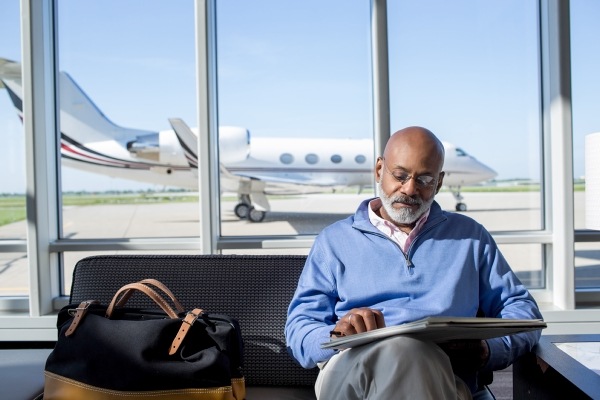Americans Buy ‘Experiences’ Instead of ‘Things’

As the U.S. economy continues its slow but steady improvement since the Great Recession — with joblessness currently at its lowest rate since 2008 — Americans are showing a greater willingness to spend. However, studies and market trends indicate their spending priorities are changing.
Instead of buying more things, Americans are preferring to purchase new “experiences.” The couple that might have added new items to their wardrobes in the past are now saving for a rock-climbing trip. Rather than buying a necklace for a birthday present, a spouse or partner may now decide to splurge on a special evening out.
Savvy business owners are taking advantage of this trend by adding “experiences” to their offerings or by augmenting their products and services with fun things to do.
Spending switch is on
According to the Mintel research firm, the greatest gains in U.S. consumer spending from 2015 to 2019 are expected to be in the “nonessential” category, where a 26 percent increase is projected for spending on experiences such as vacations, entertainment and dining out. Total U.S. consumer spending for that same period is projected to grow 22 percent..
The start of this trend could be spotted in 2014, when December’s monthly sales at restaurants exceeded grocery store sales for the first time in history. That trend has continued, according to Annika Stensson, director of research communications for the National Restaurant Association. “Restaurant sales continue to outpace grocery-store sales as consumers seek the convenience, quality and service provided by restaurants,” Stensson said.
A study by the PricewaterhouseCoopers accounting firm attributed much of the spending switch to millennials — people born in the 1980s and 1990s — who are more likely than baby boomers to spend their earnings on travel and other experiences. In the 2015 holiday season, for example, the millennials surveyed said 52 percent of their holiday spending would be for experiences such as travel and entertainment, while baby boomers expected to spend 39 percent on such experiences.
More services and experiences
A recent B2B International survey of senior marketing executives found 58 percent were making value marketing their top priority, up from 39 percent in 2015. That change reflects a shift toward providing more customer service and experiences, and a reduction in the steep discount pricing of recent years.
Target, for example, recently partnered with SoulCycle to produce a line of fitness clothing, and the partnership included putting wellness shops and free spinning classes in some stores. Lululemon stores not only sell yoga pants and equipment but also offer in-store yoga classes, group exercise activities and trips to international yoga festivals and retreats. Clothing retailers such as Talbots are holding in-store fashion shows and styling sessions to attract more interest.
“Retailers have had to look to ways to drive shopper traffic into stores and enhance the in-store shopping experience,” said Pam Goodfellow, consumer insights director and principal analyst for Prosper Insights & Analytics. “Shoppers are increasingly multitasking and time starved, and are shopping online due to convenience, low prices, and free shipping. In-store experiences are retailers’ attempts to divert this digital attention back into physical retail locations.”
Because consumers are able to go online and use mobile devices to instantly compare prices, Goodfellow said, shopper loyalty has suffered and businesses have had to work harder at “offering shoppers that little something extra” to differentiate themselves and to win loyalty.
“Shopper experience seems to be an extension of customer service,” Goodfellow said. “Customer service never goes out of style.”

No comments:
Post a Comment